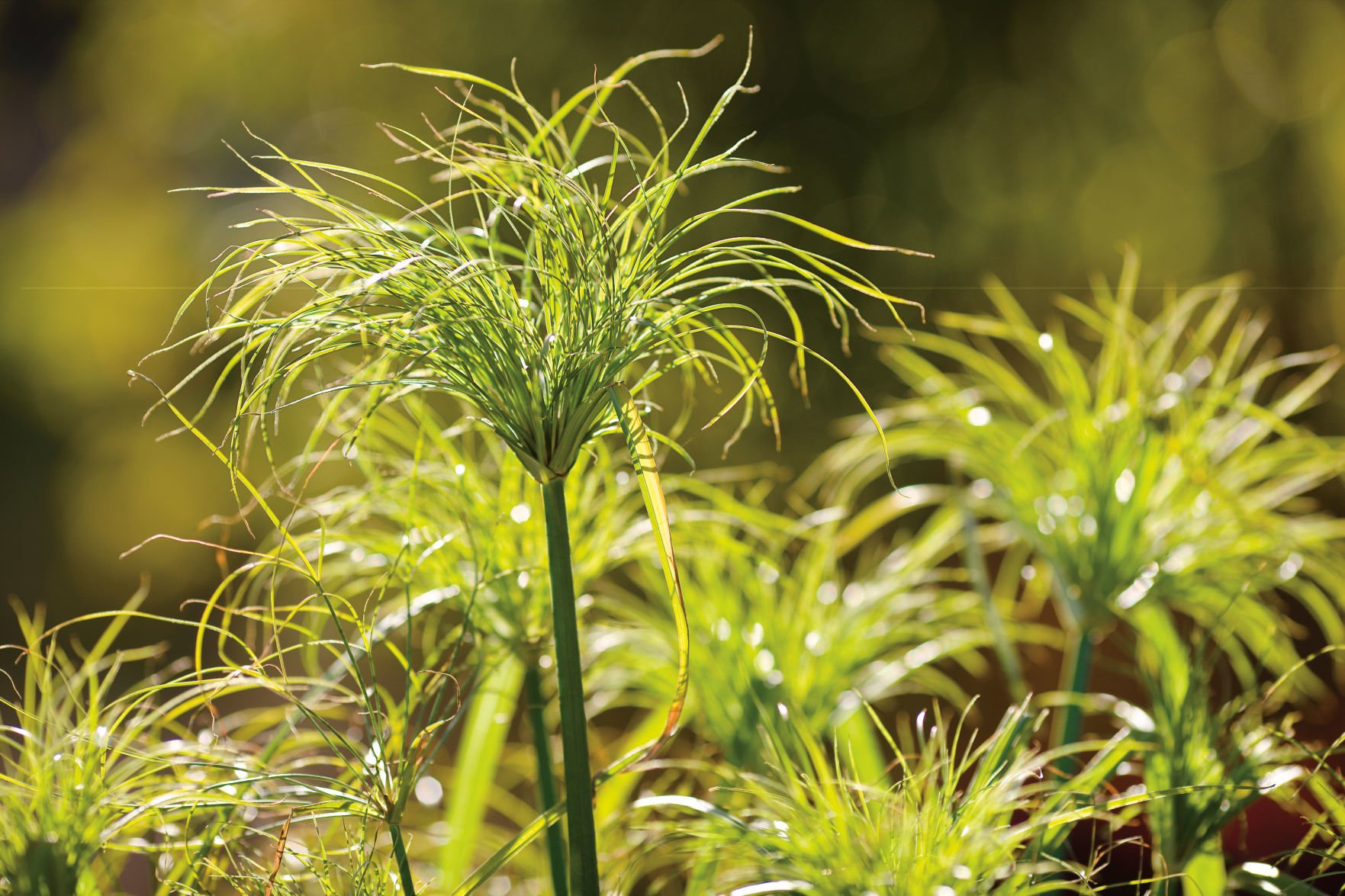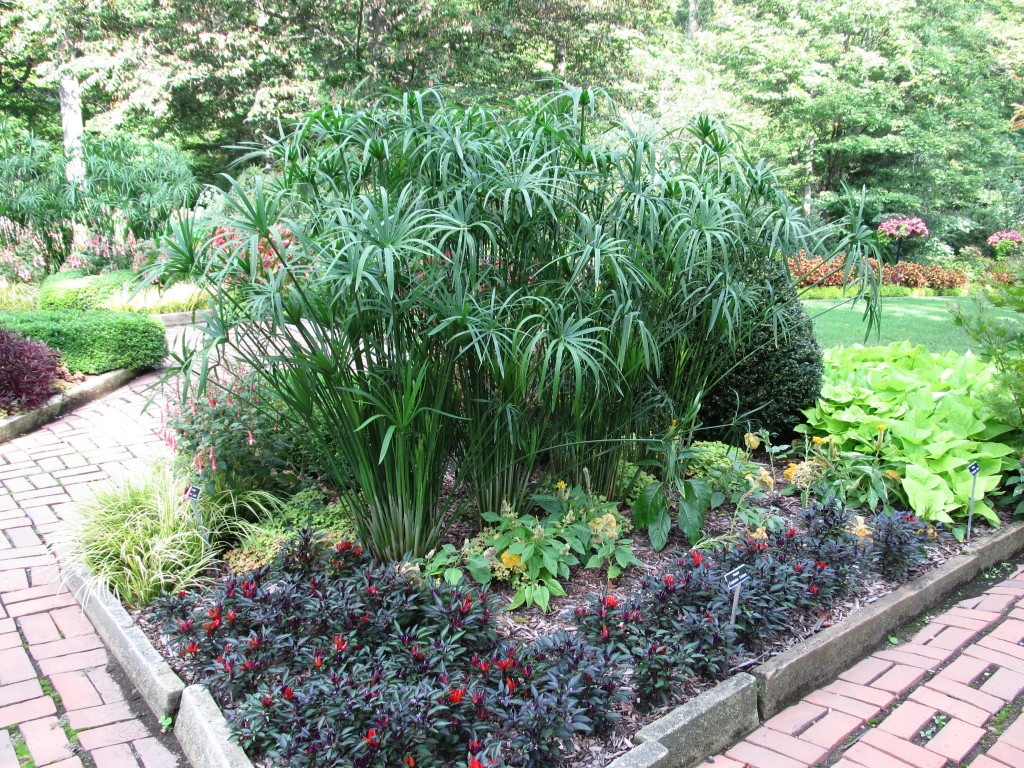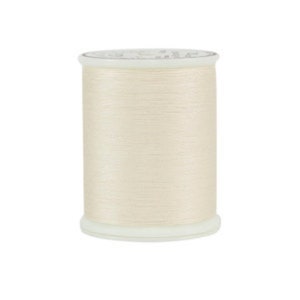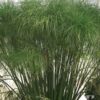

#Overwinter king tut papyrus in zone 5 how to
How to Care For Papyrus Simply provide papyrus with saturated soil and at least partial sunlight, and it’ll be happy.Īs discussed in the above section, ensure that you plant your paper reed in poorly drained soil or even in a location with standing water. Paper reed takes care of itself for the most part, so finding a proper location is the key to a healthy and happy plant. Also ensure that the area has plenty of sunlight, the more sunlight the better. deep) as this will help your papyrus plant thrive. Pick a place that has extremely moist soil or standing water (up to 6 in.

Once you have paper reed that is ready to be planted, select your area carefully. In a few weeks’ time, roots and shoots will form and be ready for transfer into its new environment! This is the fastest way to grow a new papyrus plant and oftentimes works better than starting from a seed. When propagating paper reed, you start by cutting off the top few inches of the stem and then placing the leafy part of the cutting upside down into water or well drained potting mix. It’s perfect for lining aquatic environments or even growing in a bright location indoors. Paper reed is easy to plant and does quite well on its own. How to Plant Papyrus In Ponds Papyrus can be planted in saturated soil or in standing water. Regardless, ensure that they are in a warm, sunny, and moist location for optimal growing results. If you live outside of these zones and still want to grow paper reed, don’t worry! As long as you keep them out of temperatures below 40☏ by keeping them inside during winter via a potted environment, they should do just fine. As this is a naturally tropical plant, it thrives in the higher temperatures found in USDA hardiness zones 9-12. The bloom period for paper reed is in the summer from June-October with brown, copper, and green clusters of blooms. If you’re seeking a very, very similar plant that’s not so large, consider growing Cyperus papyrus “nanus,” also known as Cyperus haspan or dwarf papyrus/dwarf flatsedge. Due to the fast-growing nature of this plant, they can become invasive in areas, so this is something to watch out for while growing paper reed.

The growth rate of paper reed is quite fast and can grow up to a height of 12 ft. Papyrus Growth, Hardiness & Climate Paper reed can grow quite tall and wide, so keep this in mind when deciding whether or not to grow it. When planted where toxic wastewater runs into the water, papyrus has been known to absorb the dangerous waste before it harms the location’s other plant and animal inhabitants. Papyrus is also quite an effective filter for pollution in waterways. The birds that occupy this space are typically social in nature and make a wonderful addition to your outdoor habitat.

Paper reed is an environmentally friendly plant to grow in your aquatic space! Starting with the direct benefits for the environment, papyrus offers the perfect resting site for birds, as they settle in the fluffy, feather duster-like heads on the tip of the plant. Facts, Benefits & Uses of Papyrus Many species of bird depend on the habitat that papyrus provides, such as this papyrus gonolek. This plant is easy to care for, and Cyperus papyrus does best when planted in extremely moist soils or in standing water, making it the perfect plant to have as a background for more showy flowers in aquatic gardens or decorative ponds. However, as human development increased and papyrus was transported elsewhere, it has more or less disappeared from the area of Egypt. Many may be familiar with papyrus in the sense that it was the first source used for writing paper and it is thought to be what baby Moses was placed in in the biblical story of Moses. There, the plant was used for bowls, utensils, baskets, and medicine. The papyrus plant has a rich history behind it and was known quite well in Ancient Egypt. Due to the warm and tropical nature of these countries, this plant thrives in warmer areas that offer plenty of moist soil, allowing paper reed to become invasive in U.S locations such as Florida and Louisiana. Photo by Drew Avery / CC BY-SA 2.0Īre you looking for a tropical plant for your pond environment? Paper reed, also commonly known as papyrus, papyrus sedge, Indian matting plant or Nile grass, may be the plant for you! Cyperus papyrus, belonging to the family Cyperaceae, is native to Africa and grows naturally in the countries of Africa, Madagascar, and the Mediterranean. 1.8 Where to Buy Papyrus & Seeds? (UK & US) Paper reed, also called papyrus, has a rich history in Ancient Egyptian culture.


 0 kommentar(er)
0 kommentar(er)
